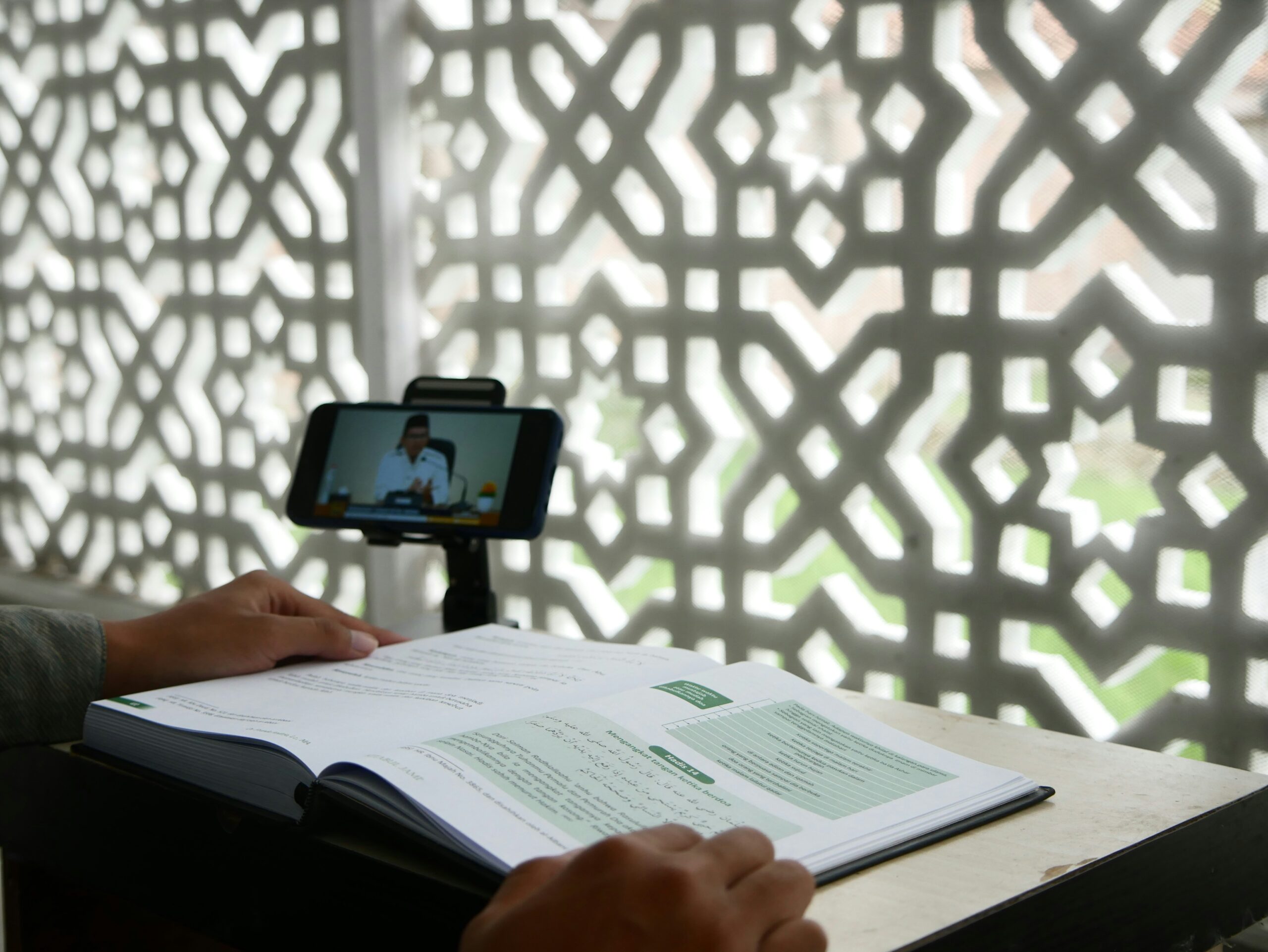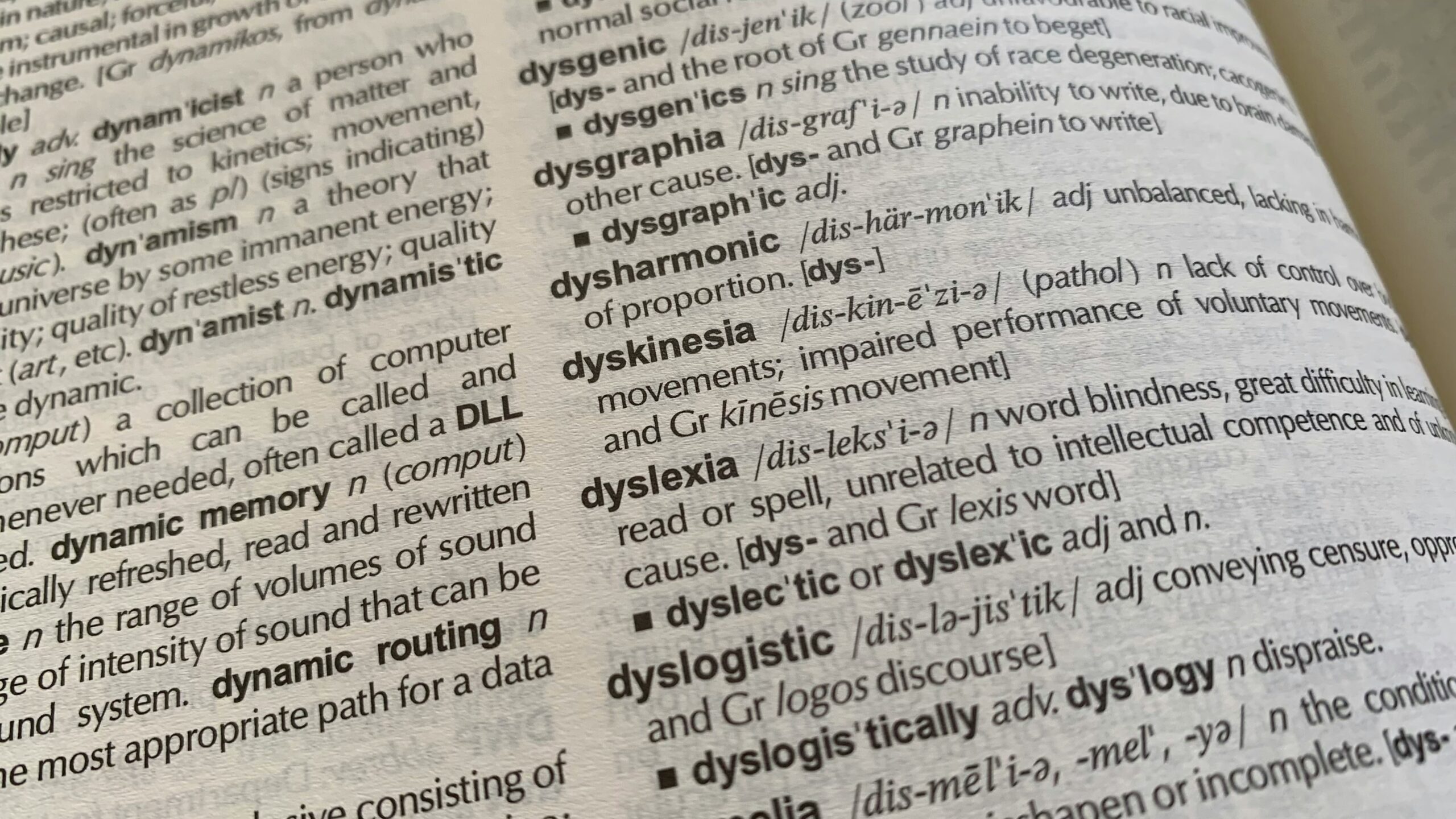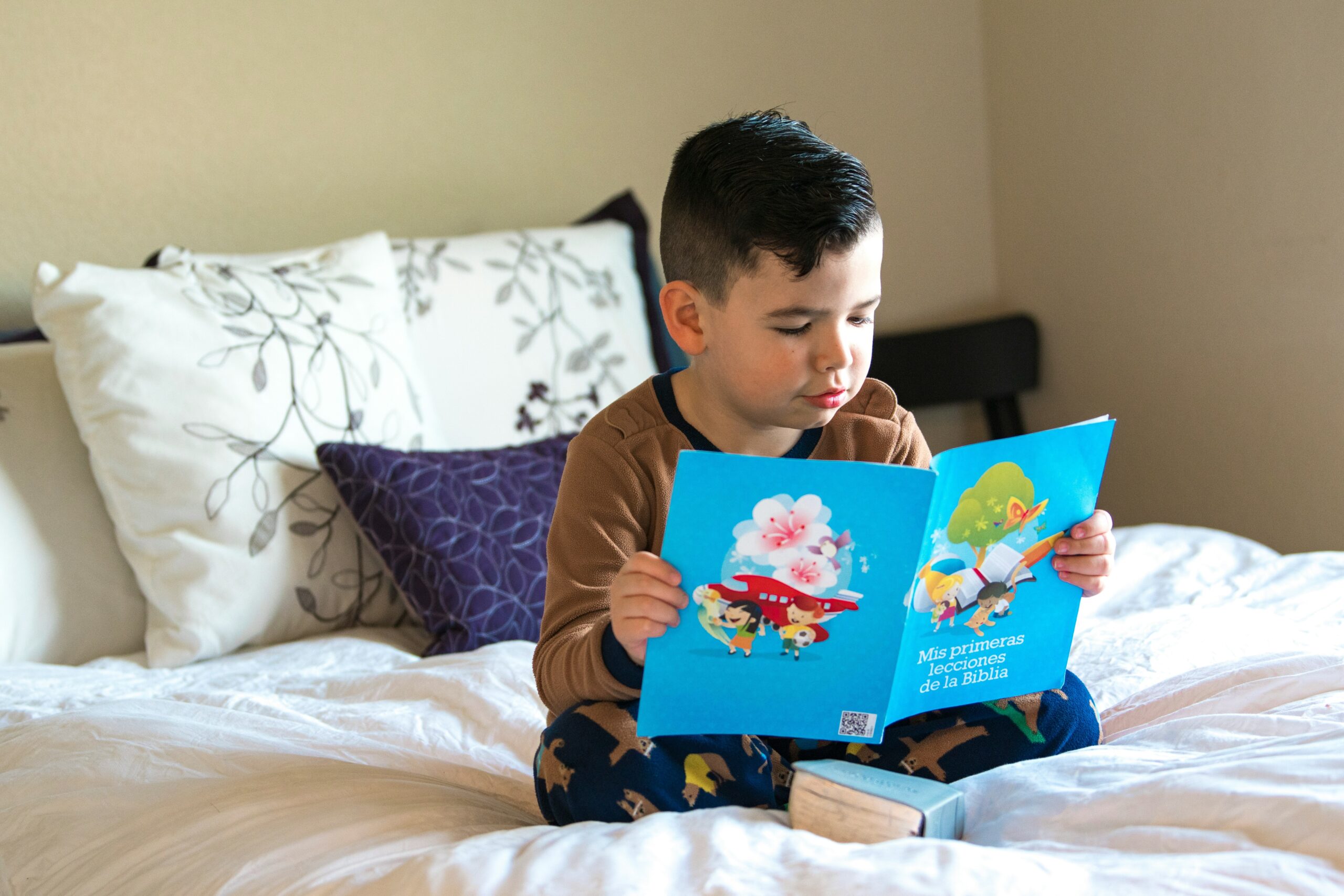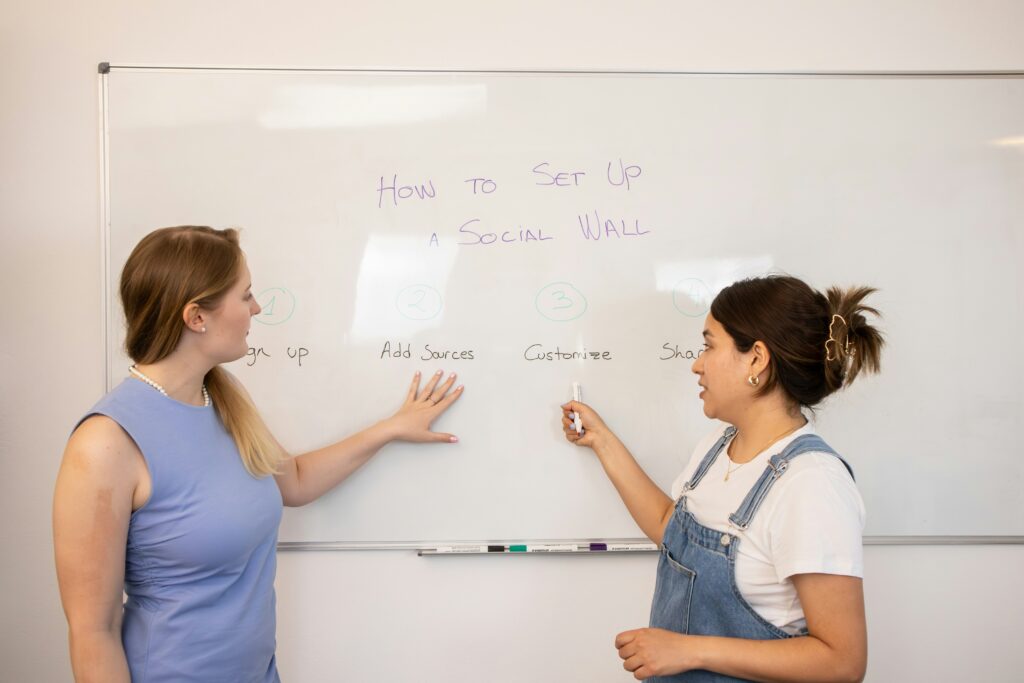Picture this: a child staring at their homework, frustrated, feeling like words are dancing on the page. Or maybe that’s you—or someone close to you—struggling daily with reading or comprehension. Dyslexia can feel like an insurmountable wall, but here’s the good news: dyslexia apps paired with intentional learning support could be the game changer you’ve been looking for. Today, we’re diving deep into how these apps can help and what makes them tick!
Table of Contents
Key Takeaways:
- Dyslexia doesn’t have to limit anyone; smart tech and supportive tools level the playing field.
- Apps offer personalized, adaptable learning experiences tailored to each individual’s needs.
- We’ll cover top dyslexia apps and actionable tips so you (or your loved ones) thrive in learning.
Why Dyslexia Support Matters More Than Ever
Here’s a staggering stat: up to 20% of people experience some form of dyslexia. Yet, less than half receive formal support in school or professional settings. It’s no surprise then that students often fall behind—not because they aren’t capable but because traditional teaching methods don’t always click.

The truth? Frustration breeds disengagement. When learners get stuck without adequate resources, confidence plummets. That’s where dyslexia-friendly apps step in—like a virtual tutor armed with patience and strategies designed specifically for non-linear thinkers.
“Learning isn’t one-size-fits-all. These apps cater to unique processing styles.”
Choosing the Right App for Your Needs
Not all apps are created equal, though. So let’s walk through the process:
Step 1: Assess What You Need Most
Ask yourself: Are spelling issues tripping you up? Is it phonics? Reading fluency? Narrowing down areas of difficulty will guide app selection.
Step 2: Explore Recommended Tools
Some standout options include:
- Nessy: Games-based learning focusing on phonics.

- Ghotit: Advanced spell-checker built just for dyslexic users.
- Talktyper: Voice-to-text typing tool saving hours battling keyboards.
Step 3: Test Drive Before Committing
Optimist You: “These reviews rave about X app!”
Grumpy You: “Hold up, test drive it first before investing.” No shame—for most apps, free trials exist. Try several to see which clicks.
Tips for Maximizing Learning Support via Apps
- Set Small Goals: Break tasks into bite-sized chunks to avoid overwhelm.
- Pair With Other Methods: Combine visual aids, audio cues, and tactile exercises alongside app use.
- Stay Consistent: A few minutes daily beats cramming once a week.
- Involve Parents/Educators: Monitor progress together to celebrate wins!
- Avoid overloading tech time—mix screen-based work with offline creativity.
Real-Life Success Stories
Let’s hear from Sarah, mother of Liam (age 9), who uses Ghotit daily:
“Before, he’d cry every night trying to finish essays. Now? He finishes twice as fast with fewer errors—he beams with pride.”

And trust me—not everything works perfectly either. I remember downloading ONE terrible app promising “miracles”… only to find ads everywhere and zero results (*rage catharsis intensifies*).
Frequently Asked Questions
Do dyslexia apps replace teachers entirely?
Nope—they complement human guidance by offering additional practice opportunities outside classroom hours.
Is there scientific proof these actually work?
Research backs many features, like gamified learning boosting memory retention. Always check credentials though!
Which age groups benefit the most?
Kids starting early gain foundational skills, while adults find renewed independence regaining literacy strengths.
Conclusion
Dyslexia apps may not wear capes, but when used strategically alongside overall learning support frameworks, they truly feel heroic. The combination of personalized feedback loops, adaptive lessons, and modern design creates a robust safety net empowering both kids and adults alike.
So go ahead—explore those recommendations above, experiment fearlessly, and watch barriers dissolve. Oh, and remember this little nugget:
Letters turn to friends,
With right tools, skies open wide—
Learning blooms forever.
Like Pikachu evolving on steroids, persistence + technology = superhuman outcomes. Stay curious, stay bold!


